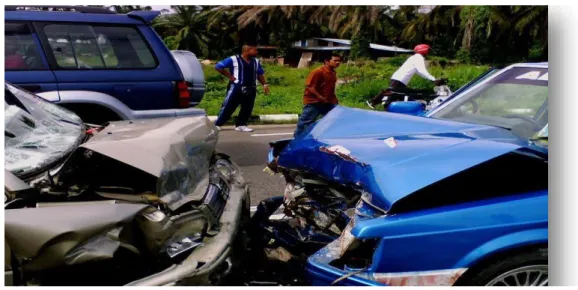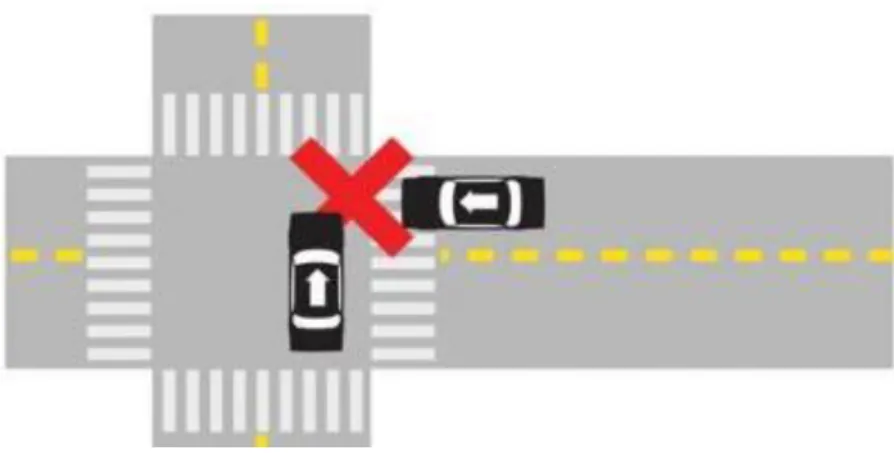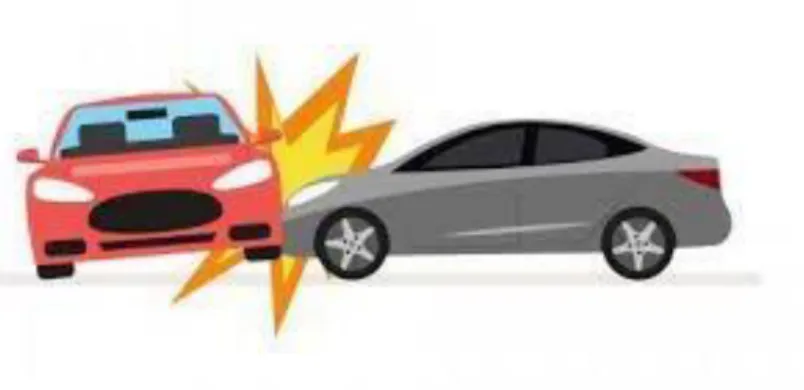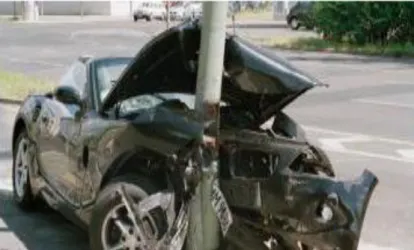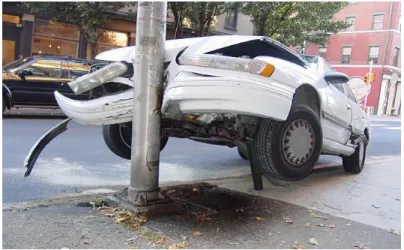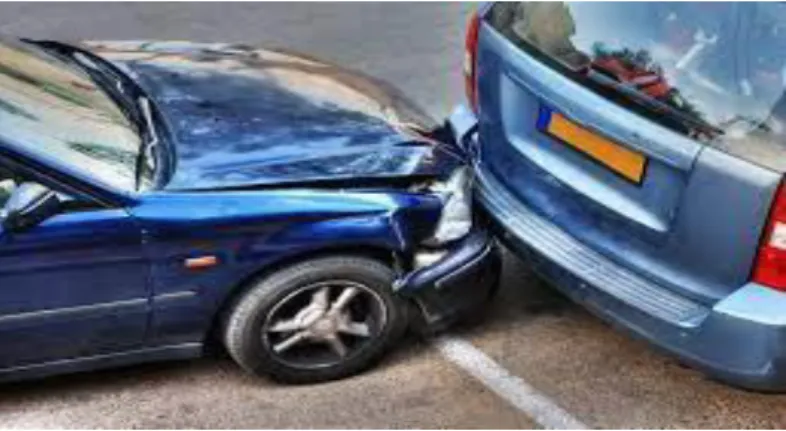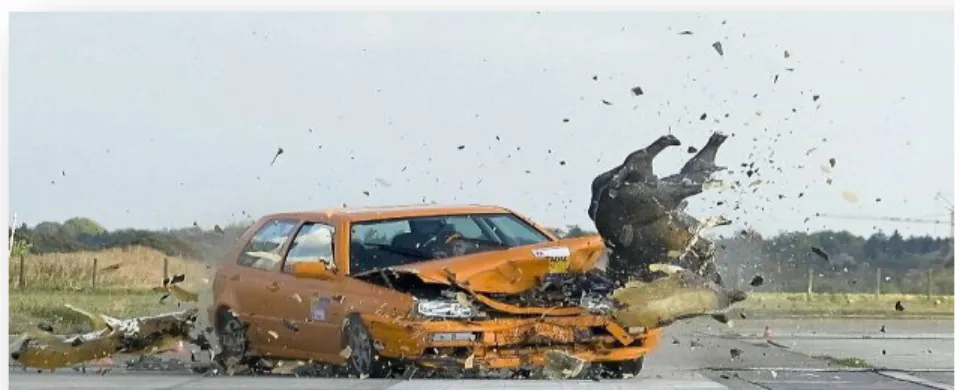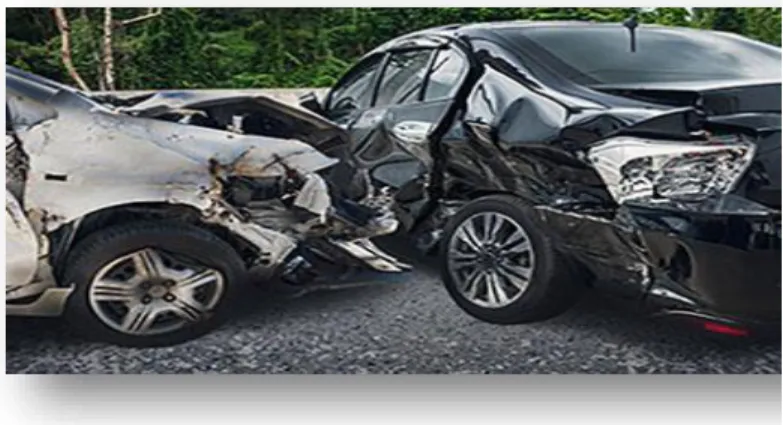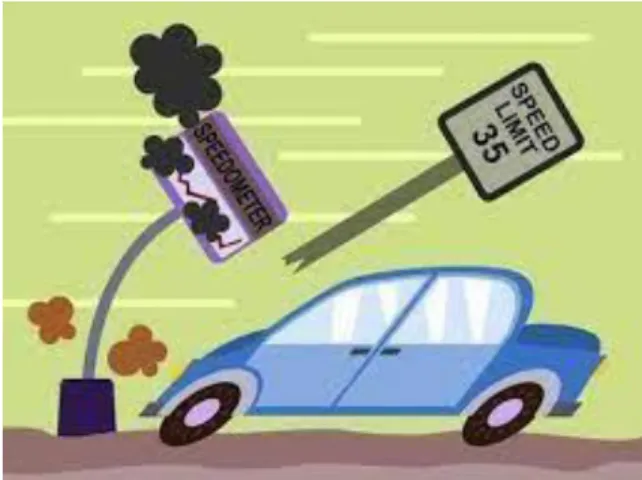This is to certify that the thesis we submitted to the Department of Civil Engineering Daffodil International University (DIU) entitled "Data Analysis of Road Accidents on National Highway N5" is a record of the original research. We carried out under the guidance of Kazi Obaidur Rahman, Assistant Professor, Department of Civil Engineering, Daffodil International University and the thesis was not used for any other awards, degrees, diplomas, fellowships or other purposes. Kazi Obaidur Rahman, Assistant Professor, Department of Civil Engineering, Daffodil International University (DIU), Dhaka, how much we appreciate him.
Finally, we would like to express our gratitude to all our professors, students and parents of the Department of Civil Engineering, Daffodil International University for their support and cooperation during the development of this thesis.
INTRODUCTION
- Introduction
- Scope of Research
- Targets of the Thesis
- Thesis Outline
According to an annual study by the Bangladesh Road Safety Foundation, between January and December of recent times, at least 6,284 people were killed and 7,468 others were injured in road accidents across the country. But road accidents have nevertheless increased across the country, which is very worrying," said Ilias Kanchan. Both organizations claim that a number of factors, including the use of unsafe vehicles on the road, reckless driving, lack of skilled drivers, mental and physical illnesses among drivers, inadequate benefits for drivers, slow vehicle movement on highways, careless youth cycling, an ineffective traffic management system and a lack of public awareness are to blame for the country's rising rate of road accidents.
By examining accident statistics from the past five years, we looked at the severity of accidents in different situations.
LITERATURE REVIEW
- What is Road Accident?
- Accident or Collision Types
- Rear End collision
- Head-On Collision
- Right Angle collision
- Sideswipe Collision
- Hit object in road
- Rollover Collision
- Hit object off road
- Hit perked vehicle
- Hit Pedestrian
- Hit animal
- Single Car Accident
- T-Bone Car Accident
- The main reason causes of road accident
- Over Speeding
- Drunken Driving
- Red Light jumping
- Refusing to wear safety equipment like seatbelts and helmets
- How do various road characteristics affect the likelihood of accidents?
When a car collides with the vehicle in front from behind, it is called a rear-end collision. However, they represent 28% of all crashes involving vehicles, making them one of the most common in the country. Unlike a side or rear impact, a head-on collision occurs when the fronts of two moving objects, such as cars, trains, ships, or airplanes, collide while moving in opposite directions.
Right-angle collisions occur at intersections when two vehicles traveling in opposite directions meet. When a car stops at a STOP sign, most of it happens behind it, but they continue when it's dangerous to do so. When two cars collide head-on, side by side with each car, it is called a side impact accident.
In most cases, this type of collision occurs when two cars are traveling in the same direction, but it can also happen when two cars are traveling in the opposite direction. Hitting an object lying on the road can damage the front and underside of your vehicle, as well as you or other bystanders. A type of single car crash that occurs when a vehicle leaves the road is called a rollover collision in the US.
When a car is hit by another vehicle or damaged by a moving vehicle while parked in a space designated for cars. When a vehicle crashes head-on into the side of another, it can lead to one of the most dangerous collisions with T-Been car accidents. The majority of road users are quite aware of the general safety measures and rules that apply when using the roads, however, accidents and wrecks just happen.
Today it is illegal to drive a four-wheel vehicle without a seat belt, and two-wheel drivers must also wear helmets.
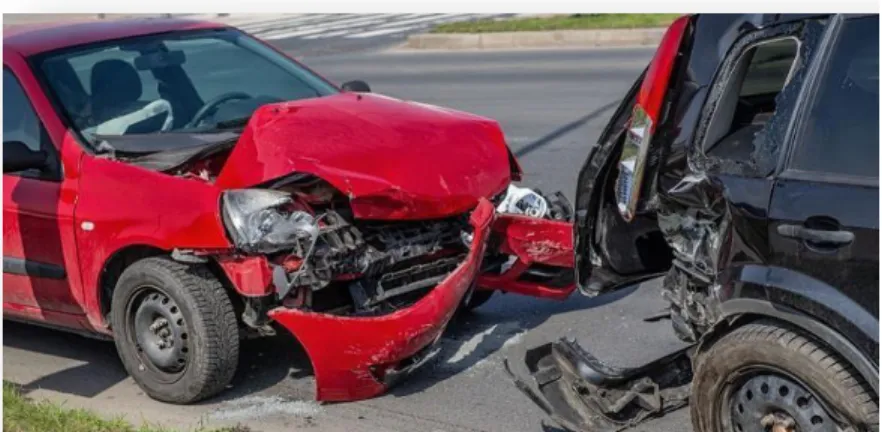
STUDY AREA & DATA MINING
- Introduction
- Study Area
- Data mining
- Transportation Engineering Data Analysis
- DATA ANALYSIS
- Introduction
- Data Collection & Analysis
- Results of the Road Accident Analysis
Using commercially available data mining technology, the application of data mining to a common case of "traffic accident studies" is demonstrated. The study highlights the potential of using data mining tools in the field of transport engineering. Data mining (DM) is a technique used to discover patterns and connections in data, focusing on huge databases of observed data.
From the perspective of pattern recognition, data mining is the difficult process of finding true, fresh, possibly useful and ultimately discernible patterns in data, according to Fayyad. The planning facets of transportation engineering involve political and technological forecasting choices as well as features of urban planning. Passenger journeys are the focus of transport engineering because they often represent the peak demand on any transport system.
First we visited the place and got a good idea about the condition of the road. Next, we observed the current condition of the road, how many lanes of the road, the condition of vehicles and the condition of human movement. We collected several data who visited the N5 road area and some collect information by traffic police in five years in 2011 to 2015.
And we analyze the traffic accident and we can solve the problem in many ways for N5. Table 4.1 shows the last 5 years' total annual accident figures and annual accident percentage for N5 in figure 4.1.
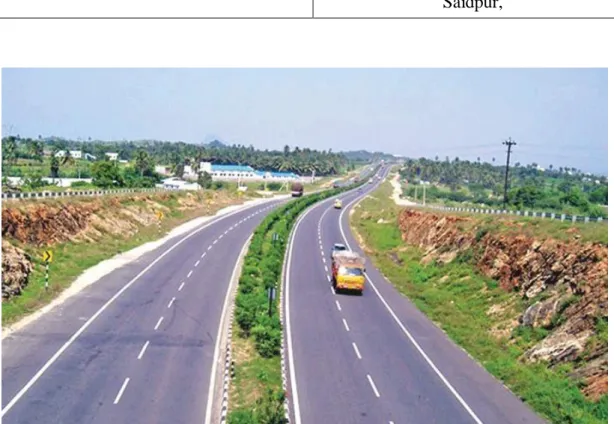
Vehicle Accident Chart of N5
Vehicle Accident Chart 2%
Accident severity of N5 road for 5 year (2011-2015) This table is discuses of accident severity of N5 road
YEAR Fatal Sorrow Simple Colln Total. Total number of vehicles in file= 9030) (Number that meets the conditions= 493) Here we see the table. Fatal Accident is represented in Fatal, Grievous Accident is represented Grieve Simple Accident is represented Simple Collision is represented Collin. These reflect the severity of injuries and the extent of car damage in the event of an accident.
The N5 road has the highest number of fatal accidents in this figure and table.
Various type of accident in collision
In the section with findings and recommendations, we will find out why there have been so many tragic accidents in recent years and how to deal with them. On the N5 road, the highest number of accidents involving a pedestrian and a car is usually a collision; between 2011 and 2015, about 33% of pedestrian collisions and 30% of traffic crashes.
Collision type
Weather Condition
Muddy surface is represented muddy Flooded surface is represented flood From table 4.5 this data is a pie chart.
Passenger Casualties in N5 (2011-2015)
With Zero
Without Zero
We include some zero-fatality and zero-fatality crash severity data from the last 5 years at different times.
With Zero Casualtie
Without Zero Casualtie
Accident of Area wish N5 (2011-2015)
We see the table and figure that there are more accidents in rural areas and minimum accidents are urban areas.
Accident wish Area
People drive faster on no roads and this is the cause of most accidents here.
Accident for different type of road factor in N5 (2011-2015)
The N5 national highway has the most accidents involving cars, and the least accidents involving other vehicles.
Date Wise Accident of N5 (2011-2015)
Date Wish accident
SOME PRIORITY FOR ROAD SAFETY Road safety methods and tenets
It is important to understand that errors in the interaction between people, vehicles and the road environment, the components that create the road traffic system, cause traffic accidents. Due to the interaction of these different factors that lead to a traffic accident, road safety must be addressed from different angles. To reduce traffic accidents, the resulting injuries and the resulting financial losses, an integrated, multidisciplinary approach is necessary.
Accident prevention - the design, construction and maintenance of vehicles and the road system, as well as the use of traffic control and management tools, among others, have a significant impact on the frequency of traffic accidents. However, it should be noted that regular guidance and reference to the core principles of the operational features of safer road projects can help maximize the benefits of road safety strategies and measures, importantly the fundamental principles of a safer transport environment are. Guide drivers through unique areas, advise them of the conditions they will face and alert them to any unusual or low-level features.
In addition, the following could essentially be included in some components of a systematic approach to increasing road safety at national level. Emphasizing objective data regarding accidents, casualties and the environment, comprehensive, systematic collection of accident data, recording and computerized database building. Understanding and systematic use of technical countermeasures that have been successfully tested, together with rigorous evaluation studies of their impact.
Engineering for road safety
Use of a road safety audit
Local traffic Safety
Increased enforcement and safety awareness initiatives
CONCLUSION
- INTRODUCTION
- Analyze Data Finding
- RECOMMENDATIONS
- CONCLUDING REMARKS
The purpose of this paper is to raise awareness of the seriousness of the problem of traffic accidents, and discusses new issues and strategies related to road safety, paying special attention to some recent initiatives in Bangladesh that are relevant in the regional context and sub-aid and regional support. On the 15th and 17th of the month we saw more incidents than the previous dates on N5. Unlike other regions, the Region has zero policies to support safe walking, cycling and public transport.
Speed control: Countries in the region should determine each type of route before setting speed limits on urban, rural and interstate roads and highways. Engineering interventions should also be evaluated in the region so that other member states can benefit from their testing in comparable environments. Inclusion of child safety seats in vehicles: Most countries in the region still do not have child restraint legislation.
The countries of the region must make a greater effort to measure the number of helmet use. To ensure that only cars that comply with international safety standards, such as the EU's, are allowed on the market, vehicle production and import standards should be assessed in the region. The effectiveness of emergency and trauma care in the region needs to be investigated and benchmarks for outcomes need to be established.
As a result, solving the safety problems becomes extremely difficult in the absence of necessary transportation safety personnel and resources. This study highlights the extent and peculiarities of the road safety problem in the N5.
2000), “Road Planning and Engineering for Promoting Pedestrian Safety in Bangladesh”, Proceedings of 10th Road Engineering Association of Asia and Australia (REAA) Conference, Tokyo, September 2000..
